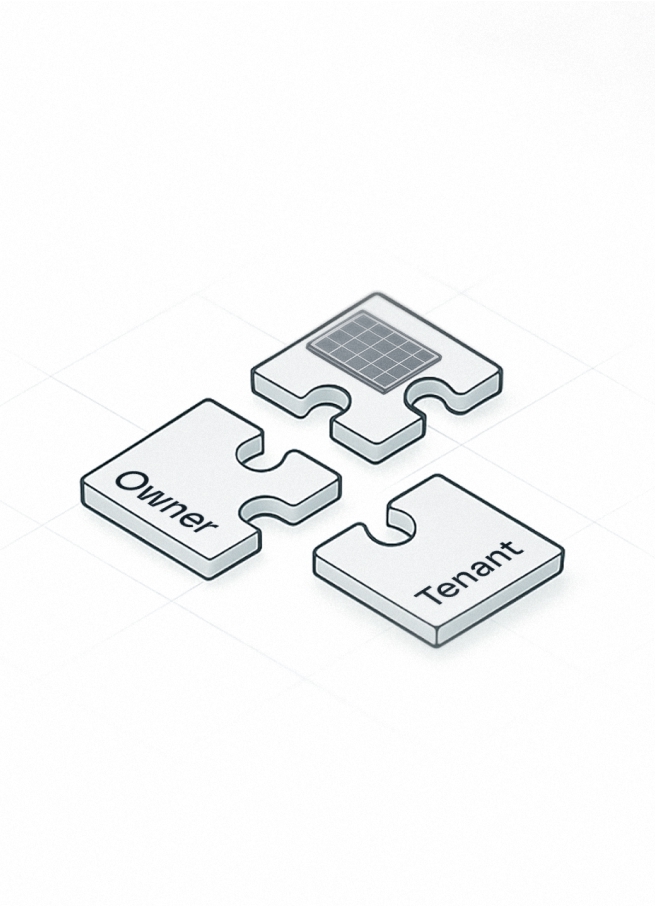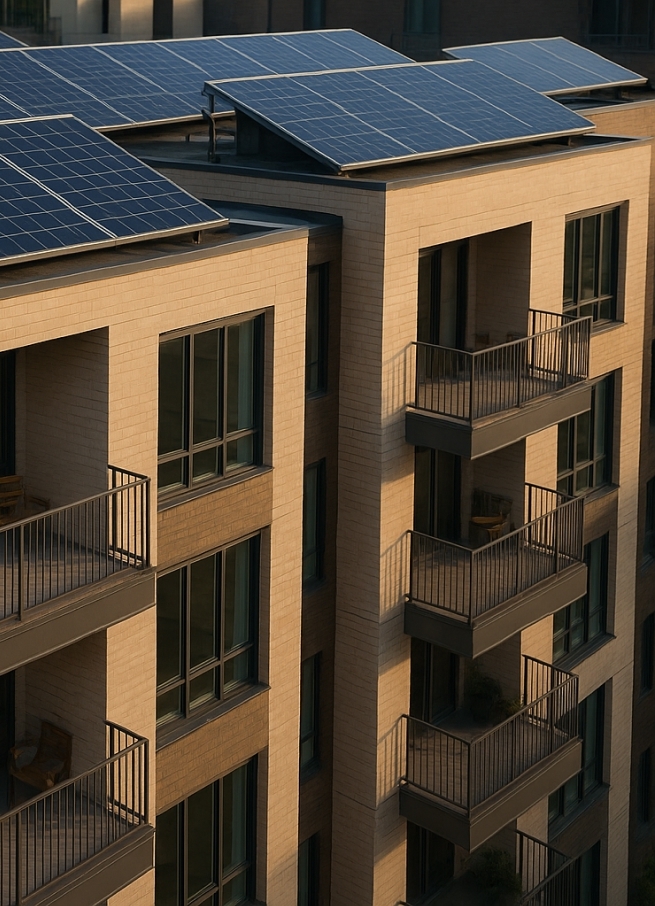Energy Consumption Tips for Multi-family properties

Energy Consumption Tips for Multi-family Properties
A multi-family property can be described as a building that accommodates more than one family, with each family living in separate units. A sizable fraction of Americans live in multi-family buildings and these structures provide several opportunities for being energy efficient. Both property owners and tenants stand to benefit from opting for energy-smart ways.
Here are some energy consumption tips that can be implemented with ease in multi-family buildings by property owners and/or tenants.
Opt for ENERGY STAR- certified Appliances
The ENERGY STAR certification essentially helps classify among various appliances and helps buyers make a more informed choice keeping in mind the energy consumption. While we understand that replacing the appliances in all the units can be expensive, property owners can make a conscious effort to opt for an ENERGY STAR-certified item going forward. This includes everything from as small as bulbs to large appliances like refrigerators.
Opting for Community Solar
Households in a multi-family building can enjoy unparalleled benefits with community solar. The idea of shared solar is to make the most of local shared solar resources available by tapping into it for cheaper living costs. Shared solar offers incomparable energy independence, empowers tenants with savings in their utility bills and does not require them to bother about any hardware installation.
Ensure that the HVAC systems are up to date
Outdated heating and cooling systems in buildings are culprits for high energy consumption. If you own or live in a building with an HVAC system that is more than 10 years old, it may be time for the systems to be changed. The modern heating and cooling systems are designed keeping energy optimization and savings in mind.
Let Data Lead the Way
The alternative energy market features several SaaS brands that are helping communities become energy efficient. For example, Ivy Energy helps tenants and property owners adopt a greener way of living with their virtual grid utility. The platform uses data to understand energy consumption patterns and for allocating shared solar energy in multi-family units. Software services like this one and others help you find the gaps that may be hindering the building from becoming more energy efficient.
Improve Insulation
Ensuring that the building is well insulated can be a reliable way of lowering heating bills. Proper insulation helps avoid heat loss. A property’s insulation can be improved by insulating boiler pipes and ensuring that 12-20 inches above the top floor. If the multi-family unit is located in a colder region, wall insulation can also be explored. Insulating the walls may be an expensive option but can provide long term benefits environmentally as well as cost-wise.
One of the best ways to make a multi-family dwelling more energy efficient is with the use of alternative sources of energy, like solar. For property owners in California, adhering to the Solar Mandate and making the appropriate changes to the building can be beneficial in several ways. One of them is that an energy-efficient unit is more attractive to tenants as it would translate to cheaper utility bills for them.





